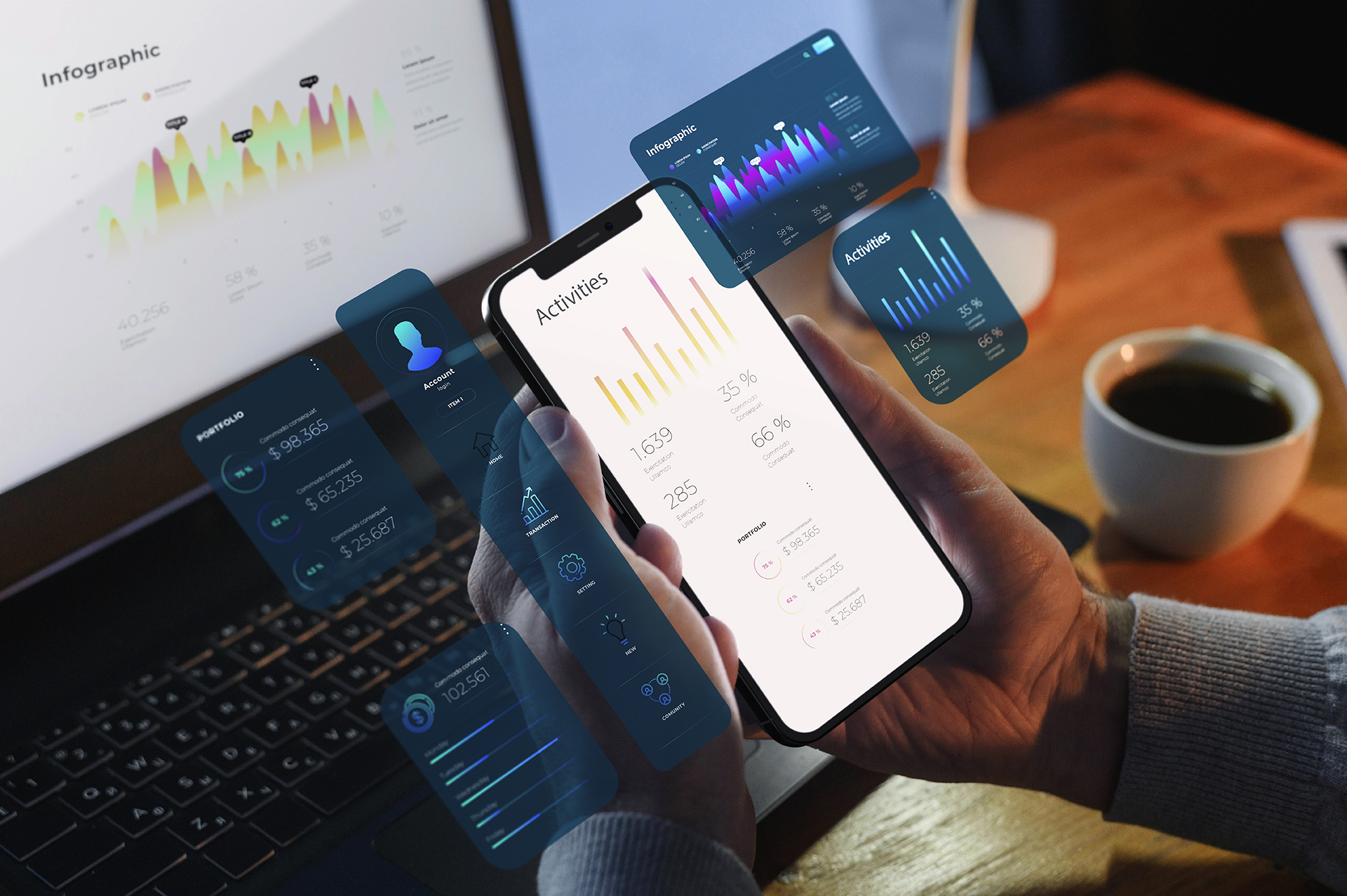Launching a B2B mobile app takes more than just good code. it demands a strategic approach that bridges product-market fit, user acquisition, and post-launch growth. In this guide, we walk you through each critical phase: from pre-launch preparation and App Store Optimization (ASO) to growth marketing strategies that help your app thrive.
Whether you’re building a productivity app for remote teams or an enterprise tool for client management, this step-by-step framework will help you launch with confidence and scale sustainably.
Step-by-Step Instructions to Launch and Market a B2B Mobile App
Step 1: Validate the Problem & Solution
- Identify a real pain point for business users.
- Talk to potential customers and gather feedback.
- Build a simple prototype or MVP to test interest.
Step 2: Define Your B2B Buyer Persona
- Determine your ideal company size, industry, and user roles.
- Clarify decision-makers vs end users.
- Create detailed persona documents for targeted marketing.
Step 3: Prepare the Product for Launch
- Ensure the app is functional, fast, and bug-free.
- Add onboarding flows (tutorials, tooltips, walkthroughs).
- Set up analytics (e.g., Firebase, Mixpanel).
- Ensure data privacy and compliance (e.g., GDPR).
Step 4: Build a Pre-Launch Landing Page
- Use a clean, benefit-driven design.
- Include an email signup form (for early access or updates).
- Add SEO-optimized copy with keywords like “B2B productivity app.”
Step 5: Set Up App Store Optimization (ASO)
- Write a clear title and keyword-rich description.
- Use screenshots that highlight key features and UX.
- Include a short demo video if possible.
- Collect early user reviews and ratings.
Step 6: Craft Your Go-To-Market Strategy
- Plan your launch campaign across multiple channels:
- Email marketing
- LinkedIn outreach
- Paid ads (LinkedIn/Google)
- Product Hunt / BetaList submissions
- Create demo videos, blog posts, and case studies.
- Schedule content in advance.
Step 7: Execute the Launch
- Announce via email and social media.
- Offer incentives for early adopters (discounts, extended trials).
- Monitor feedback in real time.
- Ensure support team is ready for inquiries or bugs.
Step 8: Post-Launch Optimization & Growth
- Review usage data and improve onboarding flow.
- Send email sequences to drive feature adoption.
- Publish new content (tutorials, use cases, testimonials).
- Launch updates based on user feedback.
Step 9: Track Key Metrics
- Monitor:
- Daily/Monthly Active Users (DAU/MAU)
- Conversion rate (install → sign-up → pay)
- Retention (Day 1, Day 7, Day 30)
- CAC & LTV
Successfully launching a B2B mobile app goes far beyond just getting installs. it’s about solving real business problems, delivering long-term value, and building trust with your users. A strong mobile app launch strategy combines product readiness with smart B2B marketing tactics to ensure consistent growth and engagement. When you align your app’s features with the needs of your target business users, and back it with strategic promotion, you set the foundation for long-term success in a competitive market.

